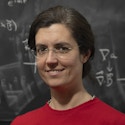Simons Investigators
- Email:
[email protected]
Simons Investigators are outstanding theoretical scientists who receive a stable base of research support from the foundation, enabling them to undertake the long-term study of fundamental questions.
The Investigator program has been discontinued.
Simons Investigators in Mathematics, Physics, Astrophysics and Computer Science
The intent of the Simons Investigators in Mathematics, Physics, Astrophysics and Computer Science programs is to support outstanding theoretical scientists in their most productive years, when they are establishing creative new research directions, providing leadership to the field and effectively mentoring junior scientists. A Simons Investigator is appointed for an initial period of five years. Renewal for an additional five years is contingent upon the evaluation of scientific impact of the Investigator.
Simons Investigators in Mathematical Modeling of Living Systems (MMLS)
This program aims to help the research careers of outstanding scientists working on mathematical and theoretical approaches to topics in the life sciences. A Simons Investigator in MMLS is appointed for five years.
Math+X Investigators
This program encourages novel collaborations between mathematics and other fields in science or engineering by providing funds to professors to establish programs at the interface between mathematics and other fields of science or engineering. A Math+X Investigator is appointed for an initial period of five years. Renewal for an additional five years is contingent upon the evaluation of scientific impact of the Investigator.
- Email:
[email protected]
- Email:
[email protected]
2020
Aashish Clerk, Ph.D.
University of Chicago
Aashish Clerk is a theoretical physicist working at the intersection of condensed matter, quantum optics and quantum information theory. His research focuses on driven-dissipative quantum phenomena and is motivated both by fundamental questions as well as potential applications in quantum technologies. Clerk is best known for his works on quantum optomechanical systems, on quantum amplification and measurement, and on dissipation engineering to realize unidirectional interactions. Clerk’s current work spans topics ranging from quantum transduction and quantum control to the study of new kinds of driven-dissipative bosonic topological phases and non-Hermitian quantum phenomena.
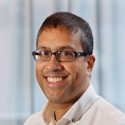
Claudia de Rham, Ph.D.
Imperial College London
Claudia de Rham works at the interface between gravity, particle physics and cosmology. She develops and tests new models to tackle fundamental questions of physics, such as the origin and evolution of the Universe, its accelerated expansion and the nature of gravity. She is known for uncovering the first theoretical framework where the graviton could carry a mass with far-reaching implications for cosmology and gravity. Recently, de Rham has focused on developing consistent effective field theory descriptions of our Universe that may enjoy a standard high-energy completion and on determining new classes of observational signatures.
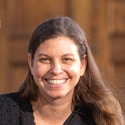
Mohammad Hafezi, Ph.D.
University of Maryland, College Park
Mohammad Hafezi is known for his contributions in a number of works to synthesize and characterize quantum many-body and topological physics beyond electronic systems. Examples include cold atoms, superconducting qubits and photons, where his works on the last one have helped found the field of topological photonics. Some of his current interests include efficient characterization and probing of many-body properties in quantum simulators. His research group is interested in exploring the application of quantum optics to create, probe and manipulate correlated electron systems.
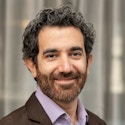
Leonardo Rastelli, Ph.D.
Stony Brook University
Leonardo Rastelli works on a broad range of problems in quantum field theory and string theory. He is known for his contributions to the AdS/CFT correspondence, string field theory, supersymmetric field theories and the conformal bootstrap. He is interested in developing a deeper framework for quantum field theory and quantum gravity, based on symmetry and general consistency principles, in the spirit of the bootstrap.
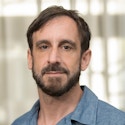
Kathryn Zurek, Ph.D.
California Institute of Technology
Kathryn Zurek is a particle theorist who specializes in theories of dark matter and new ideas for how one might detect it, either in terrestrial laboratories or through astrophysical observation. She is known for her proposal of Hidden Valley theories, which highlighted new experimental signatures at the Large Hadron Collider and opened the new paradigm of hidden-sector dark matter. Zurek also proposed the theory of asymmetric dark matter, which motivates a new class of experiments searching for light dark matter. Recently, she has explored a new direction in experimental signatures of quantum gravity.
